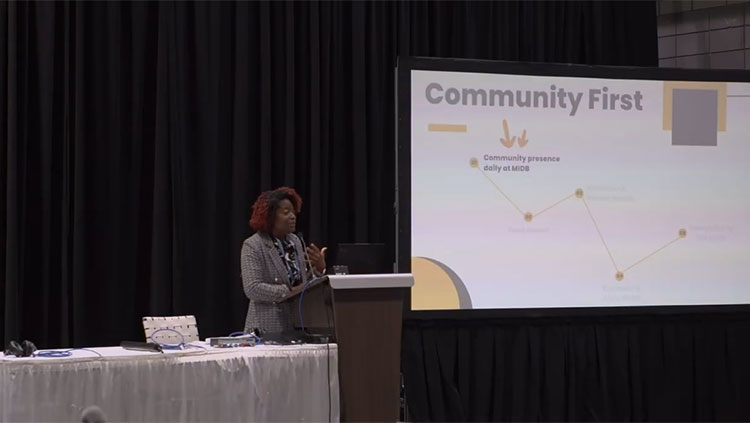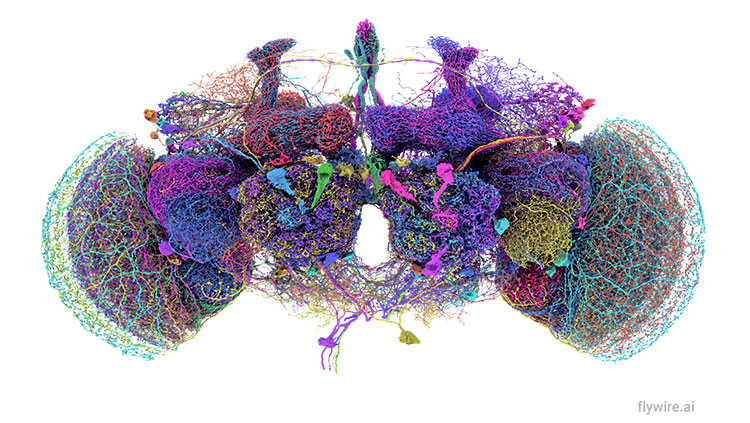Briefing: Understanding Vulnerability to Opioid Addiction
- Published13 Sep 2016
- Reviewed13 Sep 2016
- Author Jennifer Brummet
- Source BrainFacts/SfN
This summer on Capitol Hill, lawmakers and research advocates gathered to attend a briefing titled “Understanding Vulnerability to Opioid Addiction.” Opioids have become a topic of great interest on Capitol Hill as addiction and overdose rates continue to increase across the country.
Opioids, which include drugs like morphine, heroin, oxycodone, and other synthetic drugs, are medications that reduce pain. Opioids are one of the most effective drugs available for pain problems, and as it is estimated that more than 100 million Americans suffer from chronic pain, opioids are widely used to treat these symptoms. However, opioids can lead to dependence, addiction, and overdose; in addition, some synthetic opioids are hundreds of times stronger than heroin. This wide use of opioids has resulted in large increases in overdose deaths, and the Center for Disease Control and Prevention says synthetic opioids are responsible for much of this increase. The overdose death rate has been increasing, with 30,000 deaths from prescription painkiller or heroin overdoses in 2014, versus only 6,000 deaths due to these causes in 2001.
Huda Akil, Professor at University of Michigan, spoke during the briefing about her work on the biology of opioids and opioid addiction. Akil discussed the receptors in the brain that recognize opioid substances and how there are different types of receptors in different parts of the brain. The brain contains these receptors that respond to opioid drugs because the brain contains similar substances, like endorphins, that bind to these receptors and help reduce pain.
Many parts of the brain contain opioid receptors, which means that taking an opioid will impact many regions, including areas related to pain, breathing, thought, and other functions. Akil also explained that opioid receptors being all over the brain is what can lead to trouble with opioid drugs being used to treat pain. When a person takes a drug to alleviate pain, the substance will act all over the body and brain, not just in pain areas. This can lead to problems such as tolerance, dependency, and addiction, as the receptors adjust to the presence of high quantities and the fast action of many synthetic opioid drugs. This can also lead to addiction problems as the opioids can act in the reward pathway of the brain.
Akil discussed possible ways to address the increasing opioid problem. First, she mentioned that drugs could be designed to act only on certain types of receptors; therefore, rather than impacting the whole brain, they would be designed to strategically act in certain areas or pathways of the brain which may allow the drug to avoid the reward pathway which can lead to addiction. Akil also emphasized that individual differences are very important in thinking about how to address opioid issues. For example, only 15-25 percent of people exposed to opioids become true addicts, and some temperaments are more likely to seek drugs and become dependent. In addition, it is important to not give the strongest drug at first, and also to consider the patient’s needs related to their age, condition, and other factors. Since overdose deaths due to opioid use are increasing, it is important that research, medicine, and policy address these important issues and potential solutions.
This timely briefing was presented by the Congressional Biomedical Research Caucus (CBRC), a bipartisan caucus that seeks to support congressional committees and Members of Congress with jurisdiction over NIH, NSF, science research, and health issues.
Watch the complete briefing on YouTube.
CONTENT PROVIDED BY
BrainFacts/SfN
Also In Supporting Research
Trending
Popular articles on BrainFacts.org


















